When to Handle Leave Paperwork for Pregnancy: Essential Tips
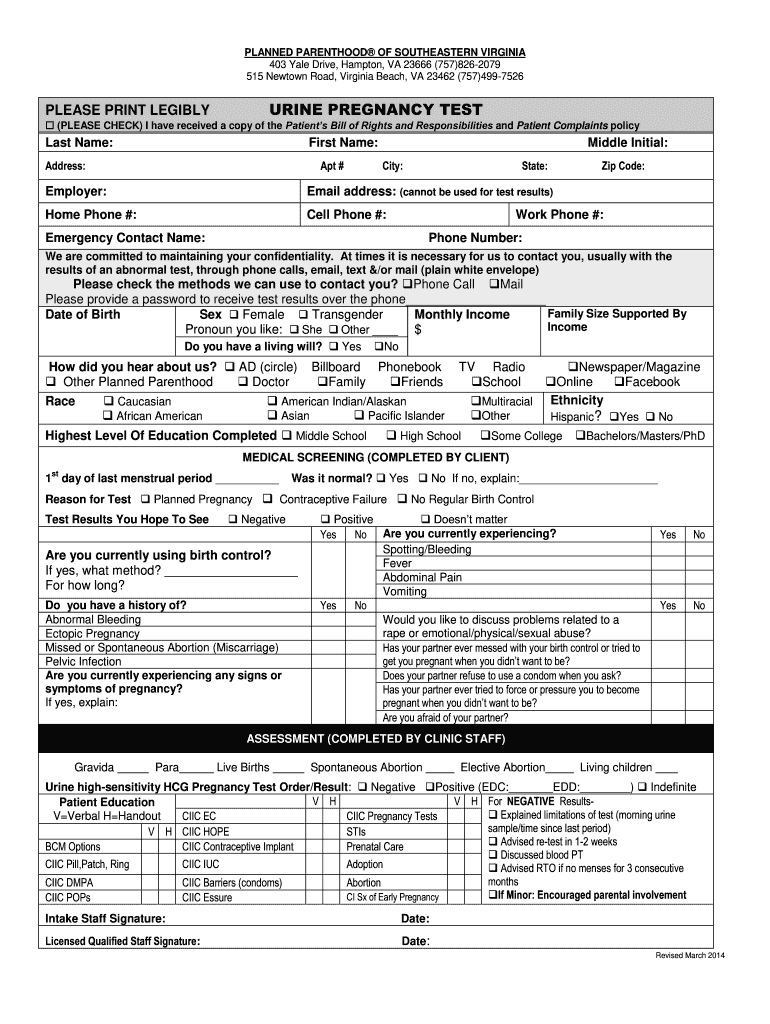
Managing leave paperwork during pregnancy can be a daunting task, but with the right guidance, it can become a streamlined part of your preparation for maternity leave. Here, we'll delve into when to start handling your leave documents, what documents you need, and crucial tips to ensure you're fully prepared without unnecessary stress.
Understanding Your Maternity Leave Rights

Before jumping into the paperwork, it's vital to understand your maternity rights:
- FMLA (Family and Medical Leave Act) or equivalent laws: You might be entitled to up to 12 weeks of unpaid, job-protected leave.
- Your employer's maternity leave policies: Some companies offer paid leave or have more generous leave terms than federal law requires.
Make sure you're familiar with both federal and state laws as well as your company's policies regarding maternity leave to know your full entitlements.
When to Start the Paperwork

The timing for initiating your maternity leave paperwork varies:
- Company-specific timing: Your employer might dictate when the paperwork should be submitted. This could be as soon as you've had your 20-week scan or up to 30 days before your due date.
- General guideline: It's advisable to start the process between your 16th and 20th week of pregnancy.
🗓️ Note: Always check your company's policy first. Some organizations have strict deadlines for submitting maternity leave requests.
The Paperwork Checklist
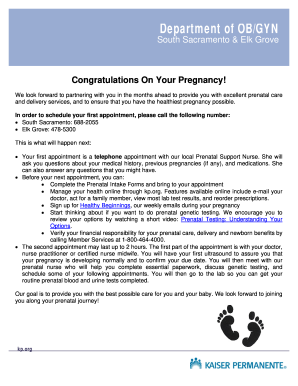
Here's what you might need to gather:
| Document Type | Description |
|---|---|
| Maternity Leave Request Form | Filled out to indicate your leave period. |
| Medical Certification | From your doctor stating your due date. |
| Short-Term Disability Forms | If your state or insurance provides benefits. |
| Employee Handbook Acknowledgment | To show you understand the leave policy. |
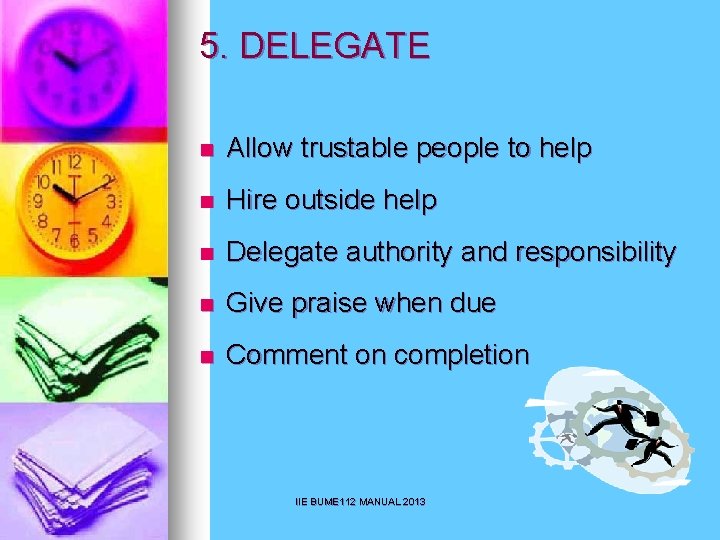
Collect these documents systematically to avoid last-minute rushes.
Steps to Handle Your Paperwork
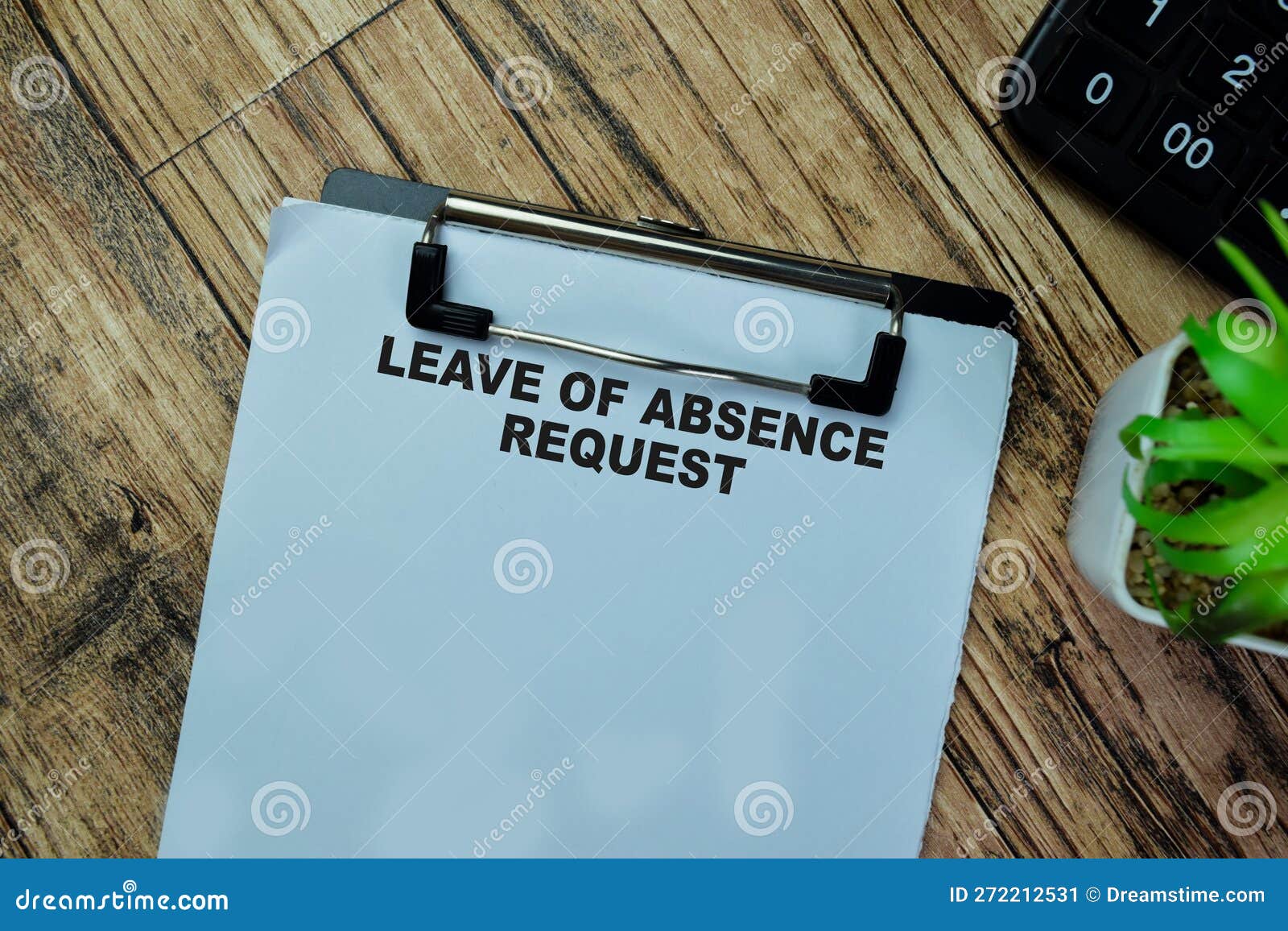
- Inform Your Employer: Start with an informal notification to your supervisor or HR.
- Obtain the Forms: Get all necessary forms from HR or through your employee portal.
- Consult Your Doctor: Arrange for medical certification.
- Fill Out the Forms: Be accurate when filling out forms. Any errors could delay your leave processing.
- Submit Early: Aim to submit all paperwork a few weeks before your planned leave, allowing time for processing.
📝 Note: Keep a copy of all documents you submit for your records.
Strategies for Smooth Transition

Beyond the paperwork, here are strategies to ensure a smooth transition:
- Plan a Handover: Create a handover document or checklist to transfer your responsibilities.
- Set Clear Expectations: Discuss your maternity leave return date with your manager.
- Stay Connected: Decide how you wish to be contacted during your leave if any urgent matters arise.
In navigating the intricate process of handling maternity leave paperwork, understanding your rights, knowing when to start, and organizing your documents methodically are key. Remember, every woman's maternity journey is unique, and your preparations should reflect that. Start early, communicate openly with your employer, and keep meticulous records. This approach not only eases the administrative burden but also sets a foundation for a seamless return to work after your leave. Whether you're planning your maternity leave or assisting someone in doing so, these steps will help ensure that the process is as stress-free as possible.
What happens if I miss the deadline for submitting my maternity leave paperwork?

+
If you miss the deadline, your leave might be delayed, or you might need to adjust your leave start date. Always try to submit your paperwork early to avoid complications.
Can I change the dates of my maternity leave once submitted?

+
Yes, with a doctor’s note and prior communication with your HR, you can usually adjust your leave dates. However, frequent changes can cause confusion, so try to keep your final dates.
Do I have to return to work after maternity leave?
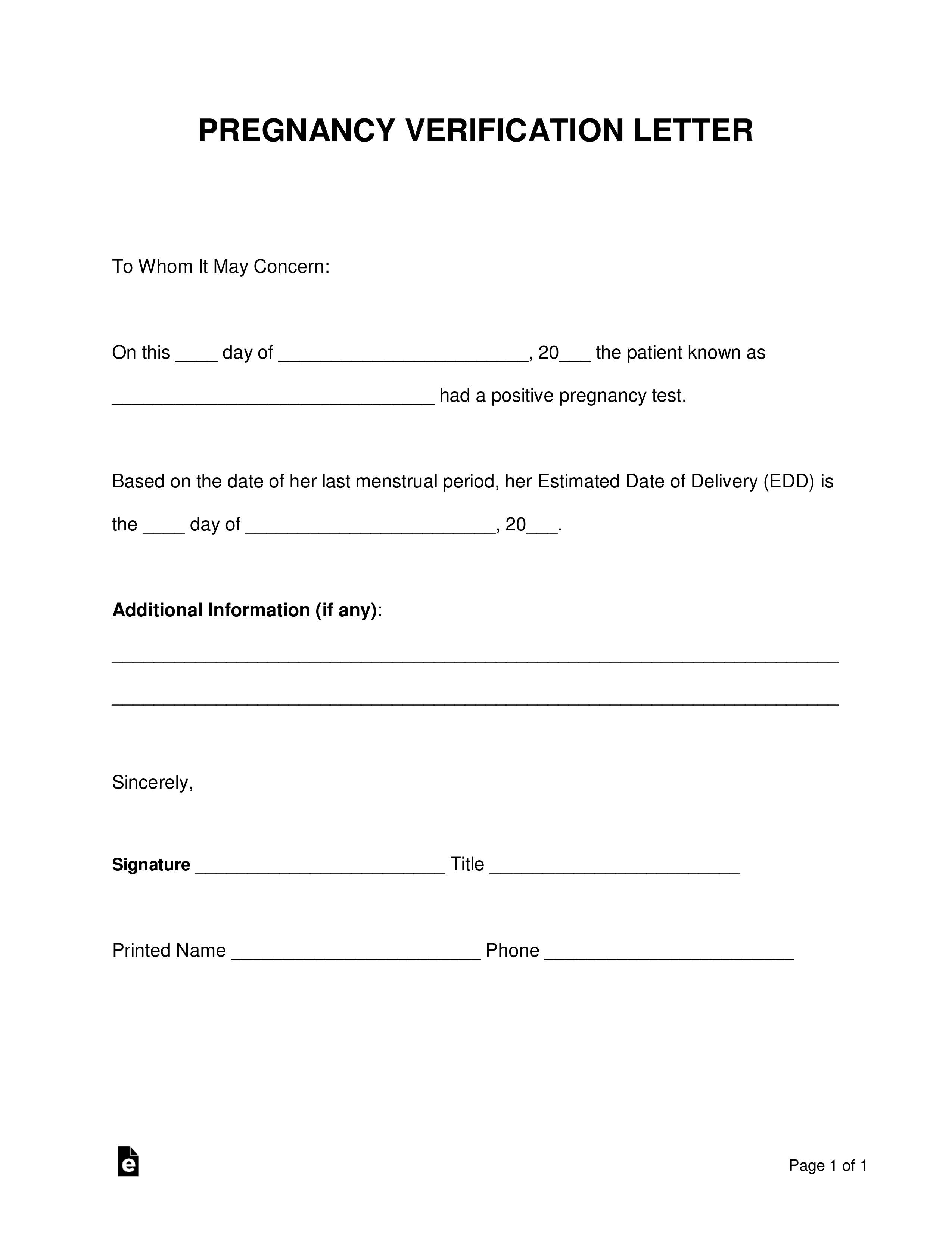
+
If you decide not to return to work, check your employment contract. There might be a requirement to repay leave payments or you might forfeit certain employment benefits. Discuss this with HR.
Can I work from home during maternity leave?

+
Some companies offer part-time work or flexible arrangements during maternity leave. It’s something to negotiate with your employer. Ensure it aligns with what your health permits.